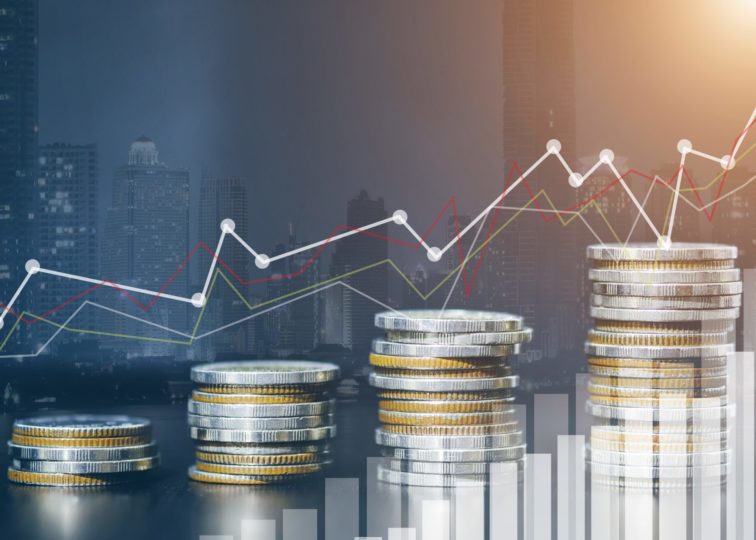
Blog
How the Pandemic Is Changing Inflationary Pressures
January 13, 2021
Consumer prices were up 0.4% in December from the previous month, and 1.4% higher than they were a year prior. “Core” prices, which leave out volatile categories like food and gasoline, giving a clearer sense of trends, were up 0.1% for the month and 1.6% for the year.
These numbers represent tepid inflation and fall short of the Federal Reserve’s 2% target. However, as a recent Wall Street Journal analysis notes, these numbers don’t tell the whole story. What we are seeing is a shift in inflationary pressures under the pandemic. For example, with people eating at home more, prices for groceries are were up 3.9% annually in December. Meanwhile, prices for lodging at hotels were down 11.2% from a year earlier.
The Wall Street Journal notes that this is part of a broader trend where prices for goods are rising faster than prices for services, something that hasn’t happened since 2011. When things return to normal, and consumers rush to book flights and hotels, service inflation may come back with a vengeance. At the same time, the strengthening economy may mean that inflation for goods will not recede, and it remains possible we will have strong inflationary pressure on both goods and services.
